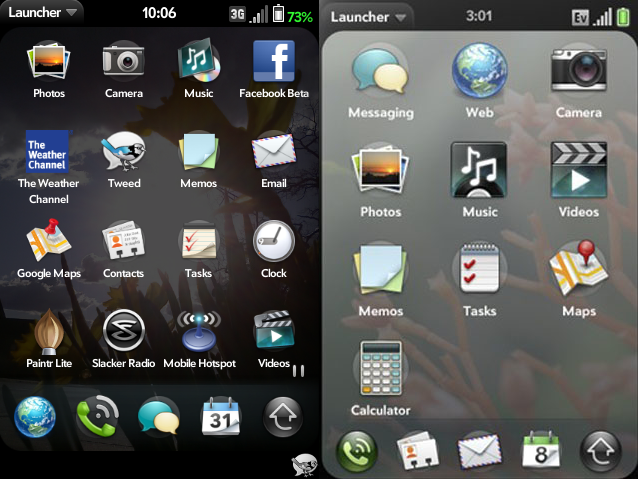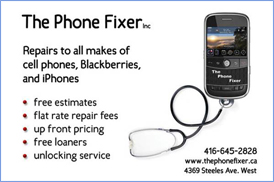ARTICLES:
The webOS and the Argument for Patching
It seems a consensus among the blogosphere that the webOS is one of the most fluid and user-friendly mobile operating systems on the market today. That said, while it may be fun and innovative with its card-switching and intuitive multitasking, there are also a lot of serious issues surrounding the core webOS experience. Luckily for Pre and Pixi users there is much more to be had than the out-of-box experience you get with the webOS by way of homebrew development.
Homebrew is fairly similar to jailbreaking an iPhone in that users are able to install custom applications outside of the device’s built-in application store. What is different is that while Apple clearly disapproves of jailbreaking on their devices, Palm has allowed and even encouraged homebrewers. Homebrew on the webOS doesn’t bog the system down where I find that jailbreaking on the iPhone tends to make things a little wonky and, with older generation hardware, often renders devices almost unusable.
While homebrew includes full-on applications it also encompasses things called patches, which essentially change individual characteristics of the webOS. For example a popular patch is to include the battery percent icon in the top bar on the screen, while another is to redo the launcher with more icons and more pages of applications. While these may seem like minute tweaks in the operating system, the usage of many different patches can really alter the look and feel of a device. Many users have anywhere from five to 30 or 40 patches installed on their devices enabling many options that aren’t built into the stock experience.
The actual process of getting homebrew on your phone may seem a little daunting at first, but I assure you it’s extremely simple. I’m not going to go into detail about the steps of getting things going here, but PreCentral has an excellent walkthrough on how to get started. Once you have followed the steps you will have an app on your phone called PreWare. PreWare is a lot like Cydia on a jailbroken iPhone in that you can download all of your patches and homebrew applications from there while still keeping the official App Catalog for everything else. Within PreWare it’s fairly easy to navigate through full applications, patches, kernels, linux applications, etc. Most of the patch titles are self-explanatory so just pick the one’s that sound good and start installing.
This week I’ve taken the chance to steal my girlfriend’s Palm Pre Plus and see what the buzz is about homebrew and more specifically, patching. With just a little work I managed to make her Pre more elegant and more useable and I barely scratched the surface of what the homebrew community has accomplished. Off the top of my head some of the patches I installed are: 4×4 icons in the launcher, glass effect, battery as percentage, slide to end call, haptic feedback on dialer, iPhone spoof agent (websites identify the Pre as an iPhone for better browsing), Verizon aGPS fix, and turn on GPS only when using Google Maps. While I plan to do some more patching, the next step is going to be CPU scaling and trying some methods to improve battery life.
If you are a webOS user out there and haven’t checked out homebrew at all, I’m telling you, go get your hands dirty and unlock the potential of your device. If your Pre or Pixi is starting to feel a little dated and boring, this is a really fun way to make it feel new again. The best thing is that most homebrew stuff is safe and won’t void your warranty and worst-case scenario you will have to wipe your device and start over but you should have most of the important stuff backed up on your Palm Profile anyway, so rest easy.









